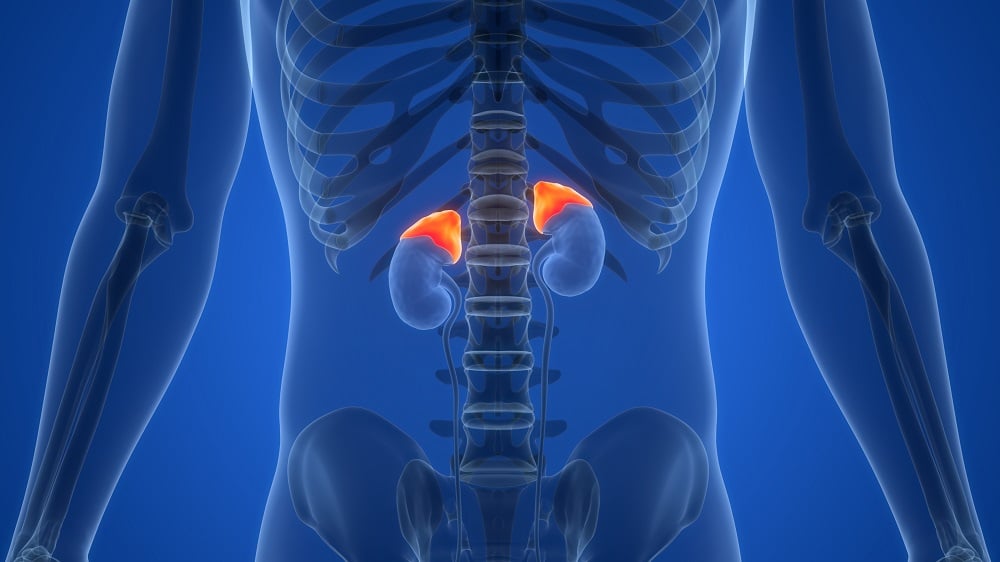A recent study conducted by researchers at Hokkaido University has introduced a novel class of zwitterionic phospholipids, showing significant potential in enhancing the functional delivery of mRNA therapies. The findings of the study were published in Advanced Science and indicate a breakthrough in overcoming one of the most significant challenges in mRNA delivery: endosomal escape.
The Role of Phospholipids in mRNA Delivery
Phospholipids are essential components of cell membranes and are integral in formulating lipid nanoparticles (LNPs) that facilitate targeted delivery of therapeutic agents such as mRNA. A new phospholipid variant called DOPE-Cx was synthesized from DOPE, enhancing endosomal escape—a crucial step for mRNA effectiveness in therapeutic applications.
Understanding Endosomal Escape
Endosomal escape refers to the process by which LNPs release their mRNA cargo from endosomes into the cytoplasm of the cell. This is a critical hurdle, as conventional mRNA therapies often see delivery efficiencies below 10%. The innovative properties of DOPE-Cx, especially when used to create a special "cubic phase", provide a beneficial solution to this challenge.
Key Findings of the Research
The study identified specific hydrophobic chain structures within the DOPE-Cx lipids that enable the formation of non-lamellar cubic phases in combination with phosphatidylcholine (PC). These findings are summarized in the table below:
| Phospholipid Variant | Endosomal Escape Efficiency | mRNA Expression Level in Liver |
|---|---|---|
| DOPE-C8 | Significantly enhanced | Highest among variants |
| DSPC | Below 10% | Lower than DOPE-C8 |
| DOPE | Moderate | Intermediate efficacy |
Benefits of DOPE-Cx Derivatives
Among the various derivatives studied, DOPE-C8 exhibited the highest transfection efficiency, promoting endosomal escape and protecting mRNA from degradation during circulation. Furthermore, it was observed to be rapidly cleared from the liver, mitigating potential toxicity issues associated with prolonged accumulation:
- Enhanced mRNA Expression: DOPE-C8 increased liver-specific mRNA expression levels.
- Rapid Clearance: Reduces long-term toxicity risks associated with mRNA treatments.
- Broad Applicability: Potential for use in mRNA vaccines, cancer therapies, and protein replacement therapies.
“Endosomal escape remains one of the most significant challenges in RNA delivery, with efficiencies often below 10%. Our study highlights the potential of rationally engineered phospholipids like DOPE-Cx to overcome this limitation.” – Associate Professor Yusuke Sato
Future Directions
The study's authors are optimistic about the implications of their findings and are exploring the potential applications of DOPE-Cx across various tissues and administration routes. The examination of membrane fusion mechanisms and spatiotemporal interactions is critical for the development of next-generation lipid nanoparticles (LNPs).
Implications for mRNA Therapeutics
The findings underscore the importance of developing engineered functionalized phospholipids for improved mRNA therapies. Current limitations in traditional phospholipids have inhibited the full realization of mRNA's potential in clinical applications.
Conclusions
Research advancing the understanding of phospholipids in mRNA delivery holds promise for the future of therapeutics, paving the way for improved efficiency and safety in mRNA applications.
Further Reading and References
Kazuki Iwakawa et al, Cubic Phase-Inducible Zwitterionic Phospholipids Improve the Functional Delivery of mRNA, Advanced Science (2025). DOI: 10.1002/advs.202413016













Discussion